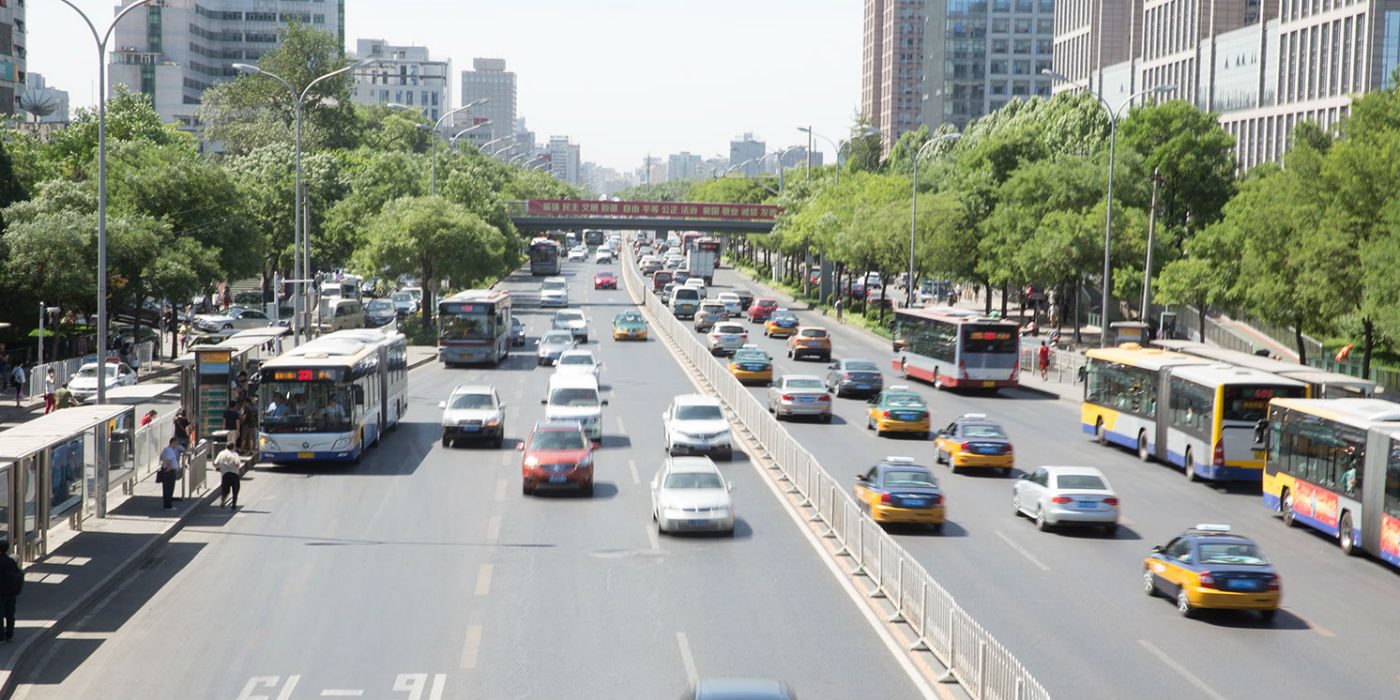
Road safety
Our researchers are working to reduce road traffic injuries globally through measures such as laws on speed, seatbelt wearing, motorcycle helmet use and driver licensing.
In Australia, our research teams are working with Aboriginal and Torres Strait Islander people in urban and rural communities to deliver community based programs that increase access to driver licensing. One example includes a body of work around driver licensing and road safety for Aboriginal and Torres Strait Islander people in collaboration with colleagues from The University of Wollongong, Flinders University and key government, non-government and Aboriginal Community Controlled Organisations (see Driving Change). Another is working in partnership with communities to deliver child car seat programs across New South Wales.
India has the highest number of road traffic deaths and injuries in the world, especially among adolescents aged 10-18 years, costing Rs 4.07 lakh crores (US$59.5 billion), accounting for approximately 3% of the country’s GDP. Target 3.6 of the United Nations Sustainable Development Goals sets an ambitious goal of halving the number of global deaths and injuries from road traffic crashes by 2020.
Several initiatives undertaken by the government, civil society organisations, industries, and other road safety partners in India include data improvement (a new crash report form), vehicle standards, road infrastructure upgrading, road user behaviour as well as the post-crash response. The passing of the Good Samaritan law in India is an important step and can bring road safety policy in the country in line with global good practices.
At The George Institute for Global Health we have been designing, developing, and generating a body of evidence around road traffic injury prevention and safety by implementing high quality and impactful programs in Australia and South East Asian countries, which can be scaled up at sub national and national levels in India.

